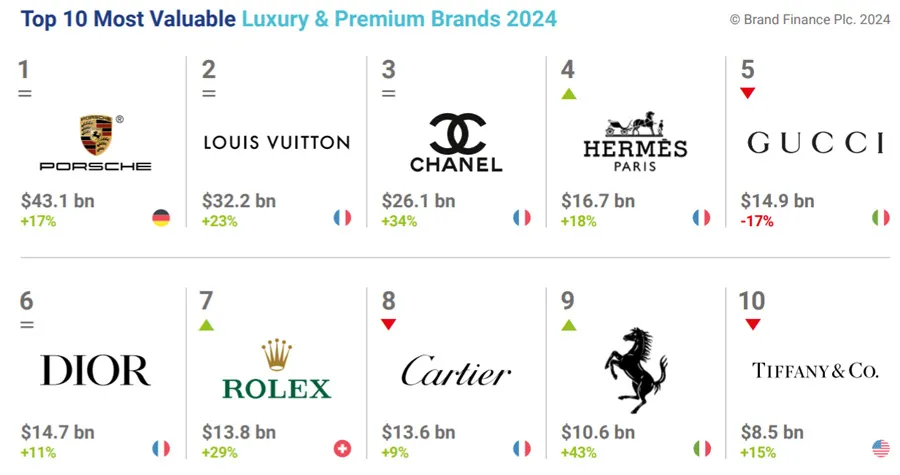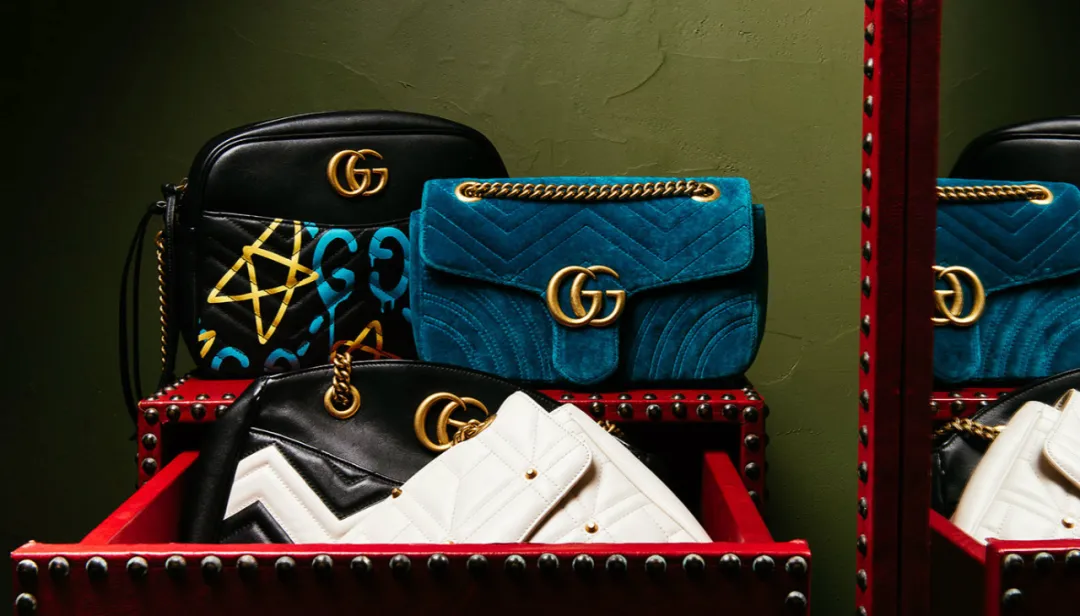Sotirio Georgis Bulgari, founder of the Bulgari brand, comes from a family of Greek silversmiths and is an expert in making precious silverware.
Sotirio Europe moved to Italy in the late 19th century and opened its first shop on the Sistina Street in Rome in 1884.
In 1905, Sotirio moved to the Via Condotti, which is now Bulgari’s flagship store.
For more than a century since Bvlgari was founded in Rome, Italy, in 1884, Bvlgari jewelry and accessories have captivated all fashion-loving women with their gorgeous designs.
As a top brand group, Bvlgari includes not only jewelry, but also watches, perfumes and accessories. Its subsidiary Bvlgari Group is now one of the three largest jewelers in the world.
From inception to the 1940s
Sotirio Georgis Bulgari’s first silver work combines traditional elements of Byzantium and Islam with fables, flowers and foliage patterns.
Paris remained the centre of fashion and creative jewellery until the 1950s, which influenced Sotirios for many years: Jewellery from the early 1920s was set in Art Deco platinum, the 1930s were characterized by the size and geometry of diamonds or their combination with colored gemstones.
Detachable jewellery was also popular, but Bulgari’s great and enduring success at the time was the Trombino, a small trumpet ring.
During the Second World War, jewellery pieces were made of gold, saving precious gemstones and making them softer and more natural.
In the late 1940s, Bulgari introduced the SERPENT chain watch: still highly stylized, with an encircling metal hose or gold mesh, the watch has since evolved into many versions and shapes.
The 1950s and 1960s — the color revolution
The post-war boom led to a return to precious white metal, with a stylish diamond-encrusted surface.
Fine jewellery still reeks of Paris, but with more complex patterns and softer lines.
In the 1950s and 1960s, Bulgari introduced a distinctive floral brooch called the TREMBLANT, with a corolla fitted with a spring that quivered the flower’s head.
Egg-cut gemstones are another innovation because they are well suited to lower-value gemstones. “Italian academic” jewellery was born, and the Bulgari style was established.
In the 1970s, innovation was eclectic
The 1980s and 1990s were rich and colorful






















